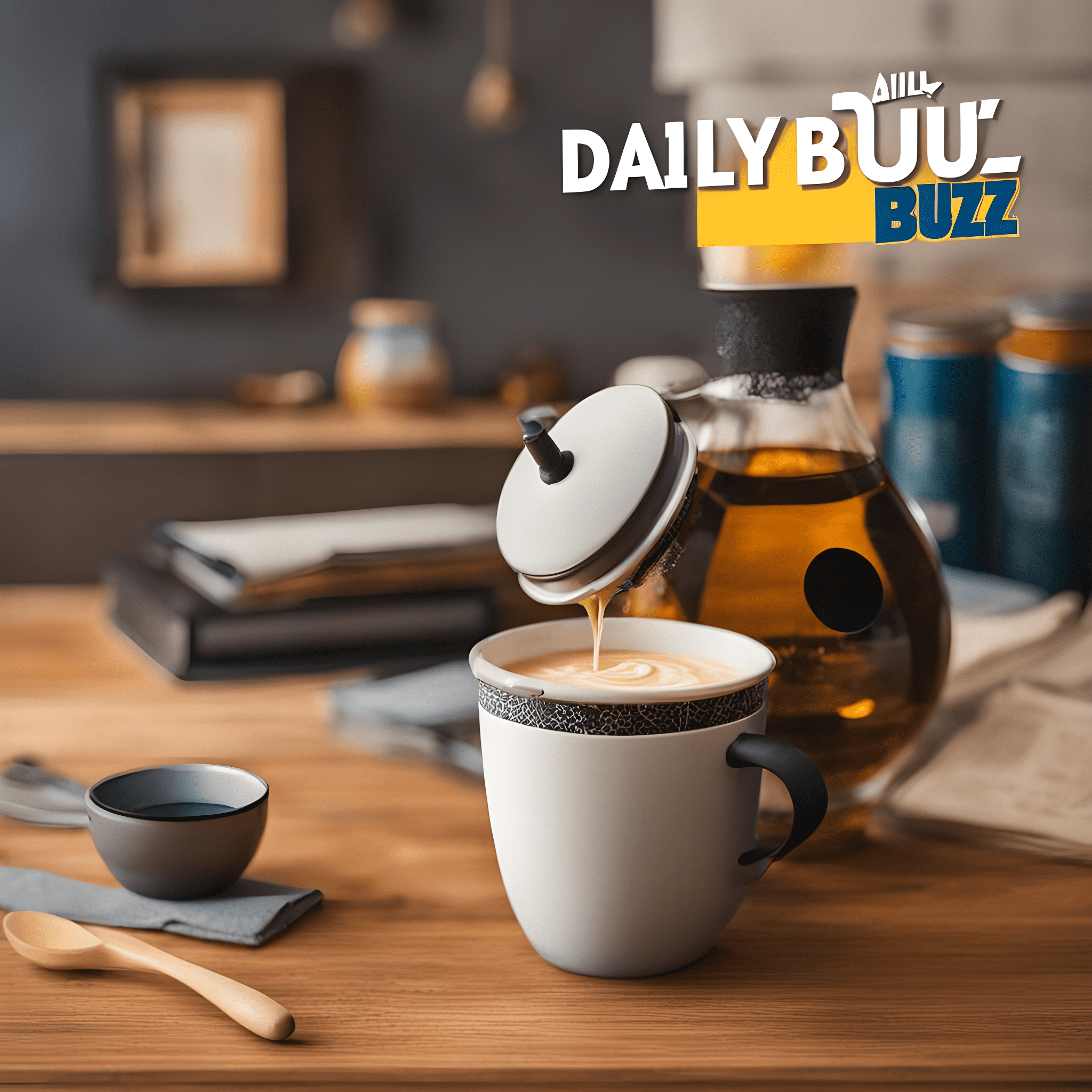


The Mastcam-Z camera onboard NASA's Perseverance rover captured a spectacular view of Phobos, one of Mars's moons, passing in front of the Sun during a partial eclipse on September 30, 2024. This rare event showcased the unique, irregular shape of Phobos, leading scientists to question its origin and potential relationship with Mars. While this is not the rover's first observation of a Phobos transit, it continues to provide valuable insights and images with its advanced technology. Don't miss out on all the latest tech news and updates by following Gadgets 360 on multiple platforms.
NASA's Perseverance Rover Captures Spectacular Eclipse of Mars' Moon Phobos
NASA's Perseverance rover has captured stunning images of a partial solar eclipse on Mars, showcasing the unique shape of Phobos, one of the planet's two moons. This rare celestial event occurred on September 30, 2024, and was captured by the rover's Mastcam-Z camera.
Background on Phobos and Solar Eclipses on Mars
Phobos is the larger of Mars' two moons, with an irregular potato-like shape and a diameter of approximately 22.2 kilometers (13.8 miles). It orbits Mars at a distance of about 6,000 kilometers (3,700 miles), completing one orbit every 7 hours and 39 minutes.
Solar eclipses occur on Mars when Phobos or the smaller moon, Deimos, passes between the Sun and Mars. However, due to their small sizes, these eclipses are not total eclipses but rather partial or annular eclipses.
Perseverance's Observation of the Phobos Transit
The Mastcam-Z camera on Perseverance captured a series of images of the Phobos transit on September 30, 2024. The images reveal the moon's distinctive shape and show it moving across the Sun's disk. Scientists were particularly interested in observing the moon's irregular shape, which has led to speculation about its origin and potential relationship with Mars.
Scientific Significance of the Observation
The images captured by Perseverance provide valuable insights into Phobos' origin and evolution. By studying the moon's shape and composition, scientists can gain a better understanding of its formation and history. Additionally, the eclipse observations can help scientists better understand the dynamics of the Mars-Phobos system.
Top 5 FAQs Related to Phobos and Solar Eclipses on Mars
What is Phobos? Phobos is the larger of Mars' two moons, with an irregular potato-like shape.
How often do solar eclipses occur on Mars? Solar eclipses occur on Mars whenever Phobos or Deimos passes between the Sun and Mars. However, these eclipses are not total eclipses but rather partial or annular eclipses.
Why is Phobos' shape unique? Phobos has an irregular shape, unlike many other moons in our solar system. Scientists believe that this shape may be the result of a collision or other catastrophic event.
What is the significance of observing Phobos' transit? Observations of Phobos' transits can provide valuable insights into the moon's origin, composition, and relationship with Mars.
How does NASA observe Phobos and solar eclipses on Mars? NASA uses rovers and other spacecraft to observe Phobos and solar eclipses on Mars. The Mastcam-Z camera on Perseverance is a particularly powerful tool for capturing images of these events.

A recent report by Public Health Scotland has shown a steep increase in flu cases and hospitalizations in Scotland. The numbers have more than doubled from the previous week, with a higher intensity observed in younger age groups. Experts are warning of a long flu season and a new variant of the illness that is spreading more easily. Health Secretary Neil Gray has assured the public that there are enough doses of flu vaccine available in the country.

The observation of National Pollution Control Day on 2 December serves as a timely reminder of India's struggle with escalating pollution levels. The recent years have seen a sharp increase in toxic particles and hazardous emissions, causing severe health issues and environmental damage. The ongoing pollution emergency calls for more stringent regulations, better urban planning, and increased public engagement to mitigate the crisis.

As World AIDS Day approaches, conversations around HIV prevention in India are becoming more open and informed. In particular, there is growing interest in PrEP (pre-exposure prophylaxis), a medicine that offers strong protection against HIV when used correctly. With rising awareness and more accessible sexual-health services, doctors are seeing a steady rise in patients asking about PrEP as a proactive health choice. This signals a shift towards informed prevention and a stigma-free dialogue surrounding HIV.

ISRO has been making continuous efforts to establish contact with the Vikram lander and Pragyan rover, which were put into sleep mode earlier this month, ahead of the lunar night. However, the prolonged spell of cold weather conditions, reaching up to -150 degrees Celsius, has made it difficult for them to wake up. With the sunrise on the Moon's south polar region and their solar panels believed to be optimally charged now, ISRO is hoping to revive the lander and rover and continue with their experiments and studies. The latest update from ISRO is that the plan to reactivate them has been delayed to September 23 due to the extreme lunar weather conditions.

Monsoon season may bring romantic vibes, but it's also a nightmare for contact lens wearers. Rainwater contains bacteria and pollutants that can cause eye infections, especially when wearing contact lenses. Ophthalmologists recommend using glasses instead and practicing good hygiene to avoid irritation and infection.

India's first human spaceflight mission, Gaganyaan, is one step closer to reality as ISRO successfully tested the main parachutes for the mission's Crew Module. The test, conducted at the Babina Field Firing Range in Uttar Pradesh, is part of the qualification process for the Gaganyaan parachute system. The system, which includes 10 parachutes of different types, is designed to ensure the safe and stable descent of astronauts returning to Earth. This milestone test marks a crucial step forward for India's ambitious space exploration goals.

As World Pneumonia Day is observed on November 12, experts are drawing attention to the dangerous link between air pollution and respiratory illnesses. In India, the post-Diwali smog adds to the already high levels of pollution, increasing the risk of pneumonia, particularly among vulnerable populations. While outdoor air pollution is often blamed, experts emphasize that poor indoor air quality also plays a significant role in triggering and worsening respiratory infections. Health professionals are urging for better air quality regulations and precautions to prevent this deadly connection between pollution and pneumonia.

On November 12, 2025, the world will once again mark World Pneumonia Day, a global health observance highlighting the urgent need to combat one of the leading causes of death, especially in young children. Despite being preventable and treatable, pneumonia continues to claim millions of lives each year, but efforts such as the ‘Every Breath Counts’ coalition and the Global Action Plan for the Prevention and Control of Pneumonia and Diarrhoea are working towards reducing preventable deaths through vaccination and improved healthcare access. Let us continue to raise awareness and take action against this preventable killer.

As an expectant mother, it is important to be aware of the warning signs that could indicate a potential complication during pregnancy. Dr. Swatee Gaggare, a Consultant in Obstetrics & Gynaecology, shares important insights on the key warning signs every pregnant woman should know. These include unusual bleeding or spotting, severe cramps or abdominal pain, and excessive vomiting. Early detection and prompt medical intervention are crucial for a safe outcome for both mother and baby.

November 10 marks World Science Day for Peace and Development, a celebration that highlights the crucial role of science in our daily lives. This year, the event will take place in Samarkand, Uzbekistan, where the theme "Trust, Transformation, and Tomorrow: The Science we Need for 2050" will be explored. Through public engagement and education, scientists aim to address global issues and create a better future for our planet.